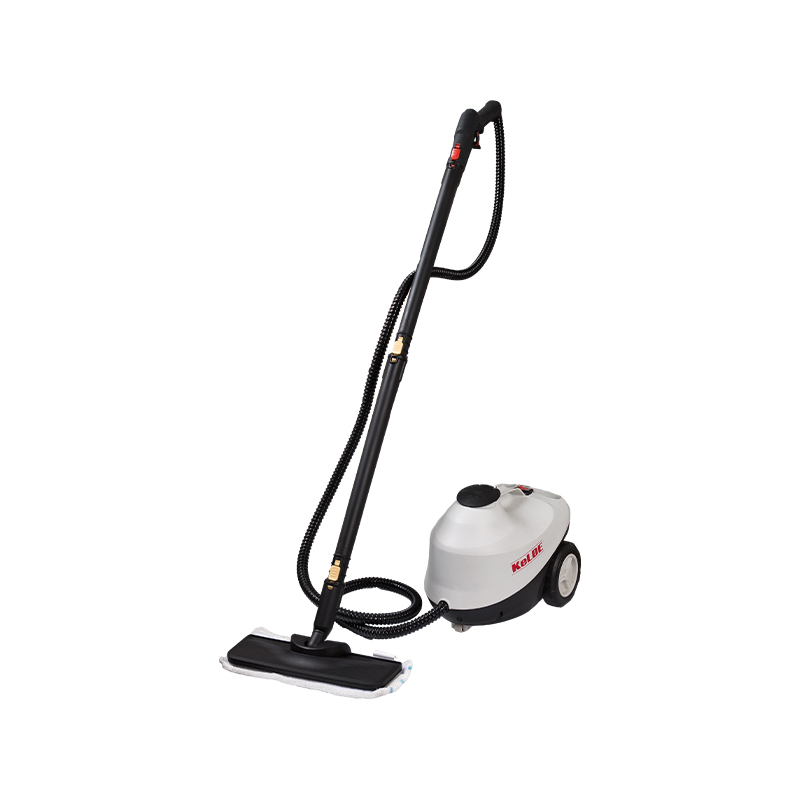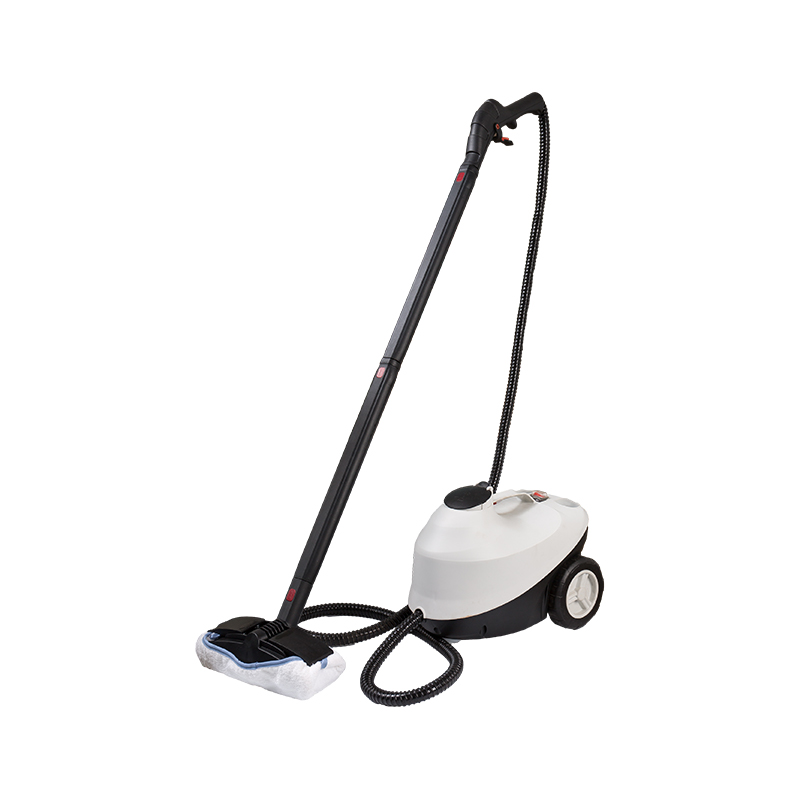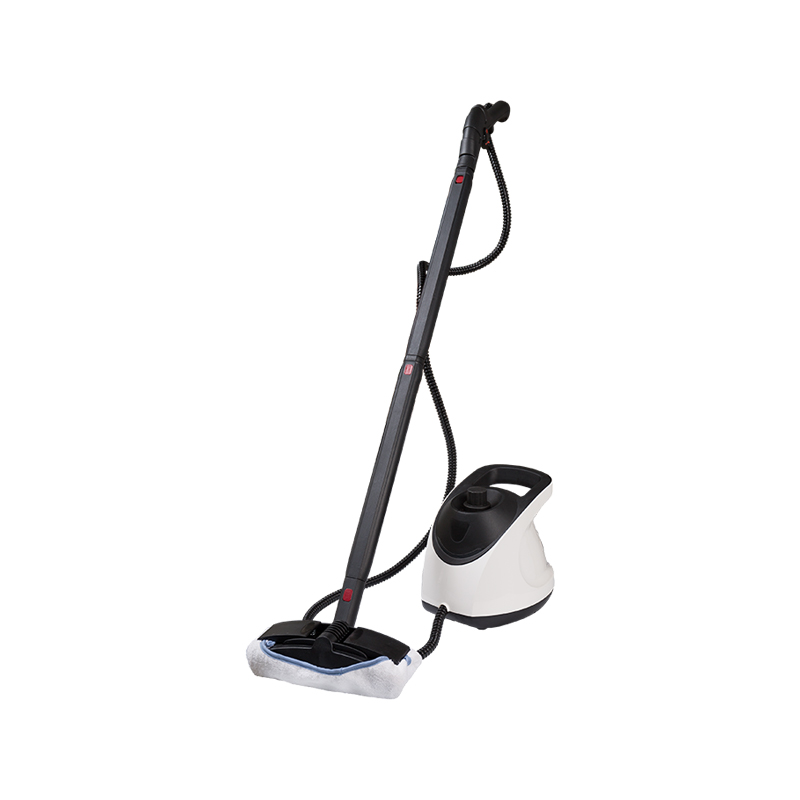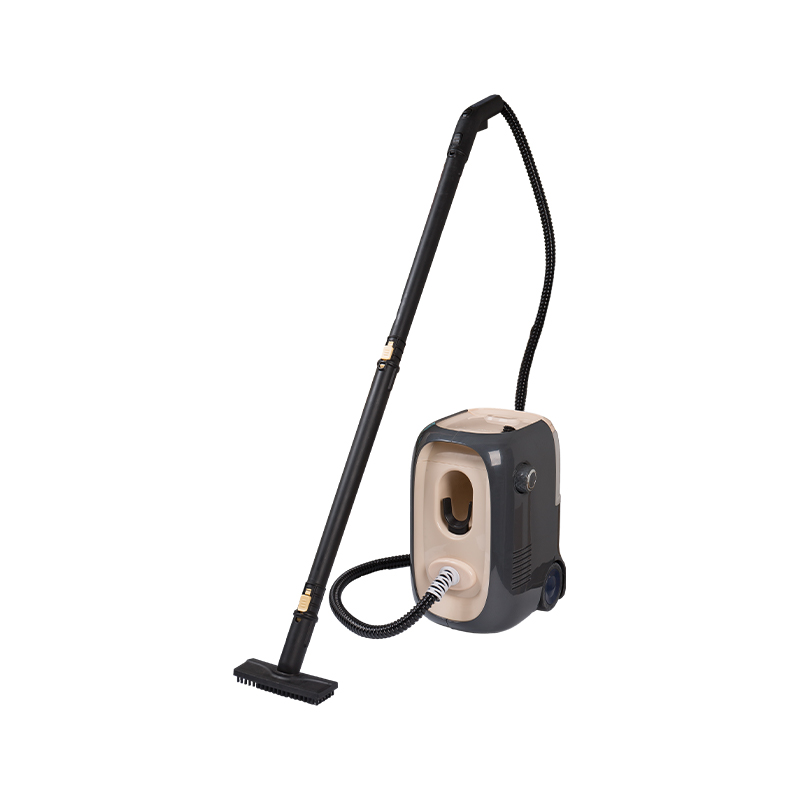-
Phone: +86-13282120735
-
Tel: +86-0571-58307962
-
Fax: +86-0571-58307999
-
E-mail: jy@hzkelong.cn
-
ADD:The Southern Industrial Development Area, Meicheng Town, Jiande City,Zhejiang, China

How Does a Canister Steam Cleaner Differ from a Handheld Steam Cleaner?
Steam cleaning has become a popular method for deep cleaning without chemicals, offering an eco-friendly way to sanitize and refresh various surfaces. Among the many steam cleaning tools available, two of the most common types are Canister Steam Cleaner and handheld steam cleaner. While they both use the same principle—heating water to produce steam that loosens dirt, grime, and bacteria—they serve quite different purposes in terms of design, capacity, and performance.
Understanding the differences between these two tools can help you choose the right one for your cleaning needs. This article explores their distinctions in detail, covering aspects like size, functionality, cleaning power, usability, and ideal applications.
1. Design and Structure
The most apparent difference between a Canister Steam Cleaner and a handheld steam cleaner lies in their design.
A Canister Steam Cleaner consists of a main unit (the canister) that houses a large water tank, boiler, and control system. This unit is typically placed on wheels for mobility, and it connects to a long hose and various attachments. The design resembles that of a canister-style vacuum cleaner, offering more stability and capacity during extended cleaning sessions.
A handheld steam cleaner, in contrast, is compact and lightweight. It integrates the water reservoir and heating element directly into a single handheld body. The absence of a separate canister makes it highly portable, but this also limits the amount of water it can hold and, consequently, the amount of steam it can generate before requiring a refill.
In short:
- Canister Steam Cleaner: Larger, wheeled, and designed for long-duration cleaning.
- Handheld Steam Cleaner: Compact, portable, and suitable for smaller, quick cleaning jobs.
2. Water Tank Capacity and Steam Duration
One of the most defining features of a Canister Steam Cleaner is its large water tank. Many models hold anywhere from 1 to 2 liters of water or more, allowing for continuous steam production lasting 30 to 60 minutes. This makes them ideal for cleaning multiple rooms or tackling large surfaces like tile floors, upholstery, or entire bathrooms.
On the other hand, a handheld steam cleaner usually holds less than 0.3 liters (about one cup) of water. As a result, its steam time is limited to 10 to 15 minutes before needing a refill and reheating. While this may seem like a drawback, handheld models are designed for spot cleaning—where a long runtime is not necessary.
So, if your cleaning tasks often involve extended sessions, the Canister Steam Cleaner is the better choice. If you prefer quick and convenient touch-ups, a handheld cleaner is more practical.
3. Heating Time and Steam Pressure
Because Canister Steam Cleaners have larger boilers, they often take longer to heat up—typically between 6 and 10 minutes. However, once ready, they produce steam at higher pressure (often 3 to 6 bars), allowing deeper penetration into surfaces and more efficient removal of grime and bacteria.
In contrast, handheld steam cleaners heat up quickly—usually within 2 to 4 minutes—thanks to their smaller water capacity. Yet, they deliver lower steam pressure, which makes them less suitable for stubborn dirt or heavy sanitization.
If deep cleaning performance and steam intensity are priorities, the Canister Steam Cleaner clearly stands out. For lighter maintenance or quick refreshes, the handheld model is sufficient.
4. Versatility and Attachments
Another key distinction is versatility.
A Canister Steam Cleaner often comes with a range of specialized attachments: floor brushes, grout nozzles, upholstery tools, squeegees, and even fabric steamers. This variety allows it to handle multiple cleaning tasks—hard floors, windows, carpets, drapes, kitchen appliances, and bathroom fixtures—without switching devices.
A handheld steam cleaner typically includes fewer accessories. It may come with a small brush, jet nozzle, and cloth cover, suitable for cleaning countertops, sinks, mirrors, or small sections of fabric. Its limited range of tools restricts it to surface-level cleaning tasks.
Therefore, if your goal is to replace several cleaning devices with a single, all-purpose tool, the Canister Steam Cleaner offers far greater flexibility.
5. Portability and Ease of Use
Portability is where the handheld steam cleaner truly excels. Its compact size and light weight make it easy to carry, maneuver, and store. It’s perfect for cleaning vertical surfaces or reaching tight spaces such as around faucets, kitchen corners, or window frames. Because it heats up quickly and cools down fast, it’s ideal for everyday use.
The Canister Steam Cleaner, on the other hand, is bulkier and requires more effort to set up. You’ll need to roll the canister, manage the hose, and occasionally pause to cool down or refill. However, once set up, it moves easily on wheels and allows long, uninterrupted cleaning sessions.
So, if convenience and portability are your main concerns, the handheld version wins. But if you’re tackling large or intensive cleaning jobs, the canister model is more efficient.

6. Cleaning Power and Performance
In terms of cleaning power, the Canister Steam Cleaner generally delivers stronger performance. The higher steam temperature and pressure enable it to dissolve stubborn grease, remove embedded dirt, and sanitize surfaces more effectively. It’s well-suited for deep cleaning kitchens, bathrooms, tiles, grout, and carpets.
A handheld steam cleaner performs well for lighter jobs—such as sanitizing countertops, cleaning mirrors, or freshening up fabrics—but may struggle with heavily soiled or porous surfaces. Because of its smaller steam output, it’s better seen as a supplement to larger cleaning tools rather than a full replacement.
If your goal is deep sanitization or whole-home cleaning, a Canister Steam Cleaner is the superior option. For targeted cleaning or quick touch-ups, a handheld model is more convenient.
7. Storage and Maintenance
A Canister Steam Cleaner requires more storage space because of its larger body, hose, and attachments. It also demands regular maintenance, such as descaling the boiler, cleaning the attachments, and occasionally checking seals and hoses for wear.
A handheld steam cleaner is easier to store and maintain. You can simply empty its small tank after each use and wipe it dry. Maintenance mainly involves cleaning the nozzle and checking for mineral buildup.
In summary, if you live in a smaller space or prefer low-maintenance equipment, the handheld model may be a better fit.
8. Price and Value
Price is another deciding factor. Generally, Canister Steam Cleaners are more expensive, reflecting their higher power, larger tanks, and multipurpose capabilities. However, they offer good long-term value for those who need a versatile, durable machine capable of deep cleaning multiple surfaces.
Handheld steam cleaners are budget-friendly and cost-effective for specific tasks. They provide excellent value for quick cleaning needs but may not replace larger equipment for whole-home cleaning.
9. Ideal Use Cases
Canister Steam Cleaner:
- Large floor areas (tile, stone, laminate)
- Deep cleaning kitchens and bathrooms
- Sanitizing upholstery and carpets
- Cleaning grout, windows, and curtains
- Extended, heavy-duty cleaning sessions
Handheld Steam Cleaner:
- Spot cleaning sinks, faucets, or mirrors
- Freshening up curtains or clothing
- Removing grease from small kitchen appliances
- Cleaning car interiors or narrow gaps
- Quick sanitizing tasks
10. Choosing the Right One
The choice between a Canister Steam Cleaner and a handheld steam cleaner depends on your specific cleaning priorities.
If you value deep cleaning capability, versatility, and long steam duration, the Canister Steam Cleaner is the better investment. It can serve as a primary cleaning tool for large households or for users who prefer an all-in-one solution.
However, if you prioritize speed, portability, and affordability, a handheld steam cleaner is the right match. It’s particularly practical for small apartments, light cleaning tasks, or quick sanitization routines.
Conclusion
Both Canister Steam Cleaners and handheld steam cleaners share the same cleaning principle but differ significantly in design, power, and application. The canister model delivers higher performance, versatility, and longer steam times, while the handheld version excels in convenience, portability, and ease of use.
Choosing between them ultimately depends on your cleaning habits, available space, and the type of surfaces you clean most often. By understanding their strengths and limitations, you can select the cleaner that best fits your lifestyle—ensuring that your home remains fresh, sanitized, and chemical-free with minimal effort.







